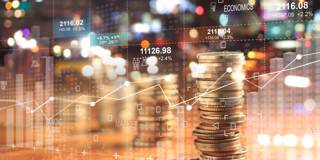
How to Make Better Economic Policy Choices
While public policy organizations are increasingly diversifying their decision-making approaches, many remain overly reliant on static tools such as cost-benefit analysis. Such tools have severe limitations, leading to policy errors with serious long-term consequences.
LONDON– The United Kingdom is entering its deepest recession in 300 years. Millions of jobs are at risk. And national debt has exceeded 100% of GDP. Now is hardly the time to explore the conceptual underpinnings of economic theory, right?